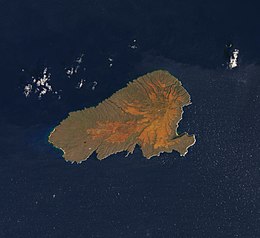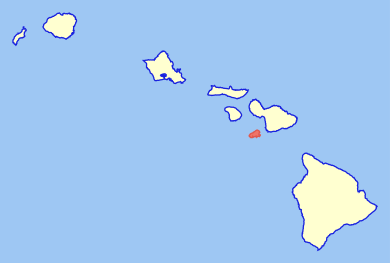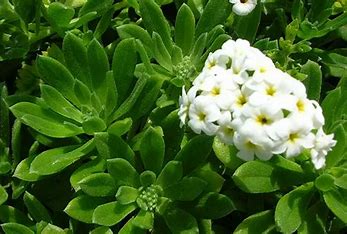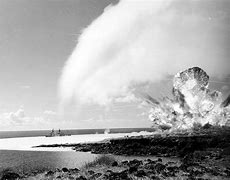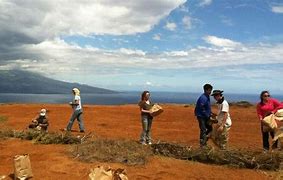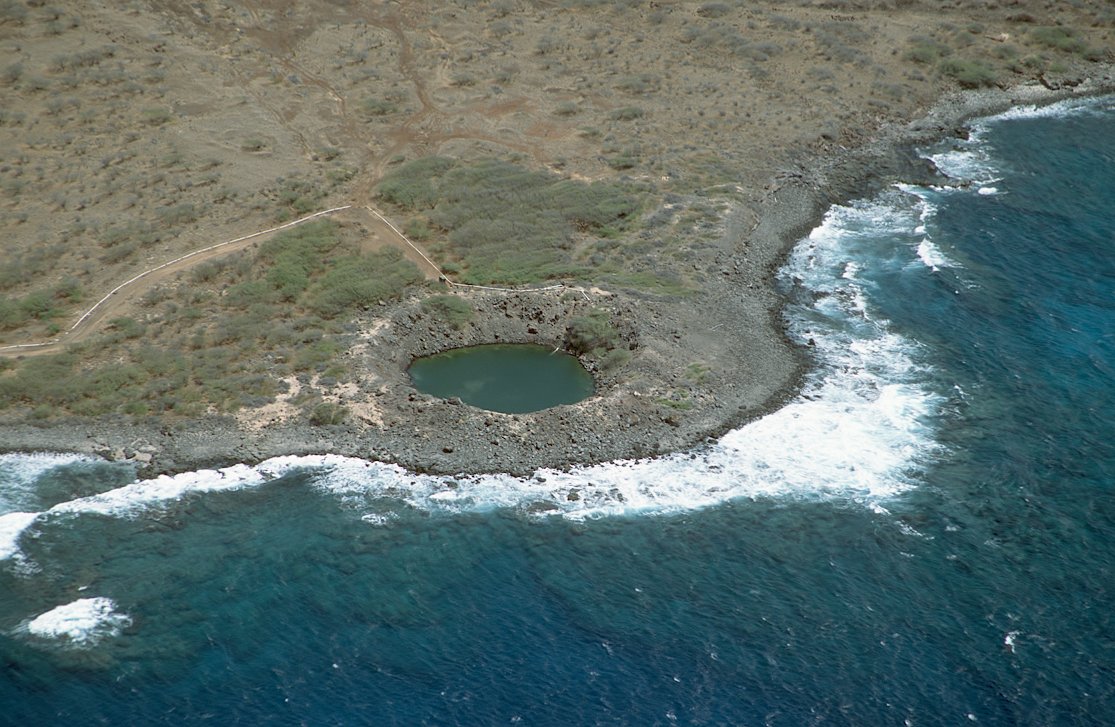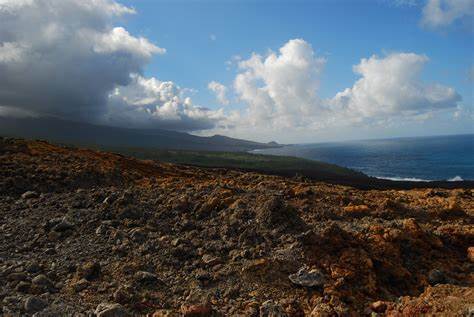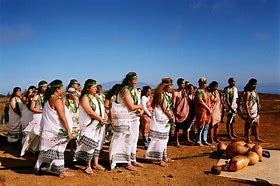Click Me!
Cultural Significance Importance
Kahoolawe holds a profound cultural significance for Native Hawaiians as a sacred place for celestial
navigation, a vital fishing ground, and a site for cultural and religious rituals. It was historically
used for celestial navigation training, agriculture, and spiritual practices, reflecting the deep connection
between the Hawaiian people and their land. The island became a symbol of resistance and cultural renaissance
when the Protect Kahoolawe Ohana (PKO) led protests against military bombings, which ceased in 1990. Kahoolawe
is at the heart of the Hawaiian Island chain, with specific locations like Kealaikahiki and Moaulaiki being crucial
for traditional navigation and understanding wind patterns and stars. Today, efforts are ongoing to restore the
islands ecosystem and preserve its cultural heritage, making it a testament to resilience and the importance of
safeguarding sacred spaces

